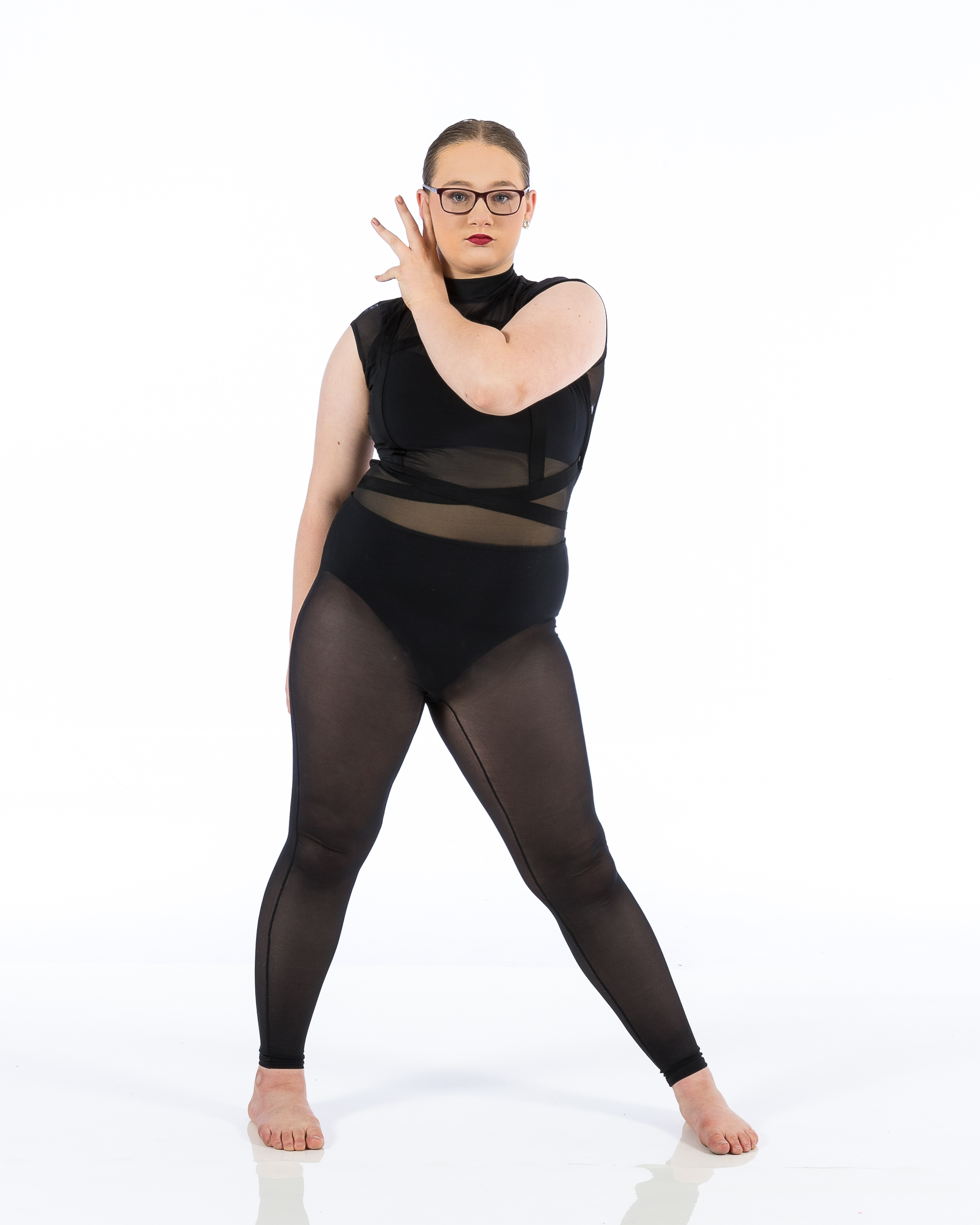Introduction
Dance is an art form that transcends boundaries, cultures, and generations. It allows individuals to express themselves creatively while also fostering community and connection. However, as the world evolves, so too Dance Studio must the environments where we dance. In today's fast-paced climate of health concerns and safety awareness, evolving safety protocols in today’s dance studios have become more critical than ever. This article takes a deep dive into what these protocols entail, how they’re implemented, and why they are essential for the well-being of dancers and instructors alike.
Understanding the Need for Safety in Dance Studios
Why Are Safety Protocols Important?
Every dancer knows that the studio is more than just a place to learn steps; it's a sanctuary. But with recent events like the COVID-19 pandemic highlighting vulnerabilities, it's become clear that without proper safety measures, this sacred space could turn into a risk zone.
What risks do dance studios face?
- Physical injuries from improper technique or equipment Health risks from airborne illnesses Psychological risks due to stress or anxiety related to safety
By implementing effective safety protocols, studios not only protect their dancers but also foster a supportive environment where creativity can flourish.
Historical Context of Dance Safety Protocols
Going back decades, dance studios often relied on informal guidelines based on tradition rather than science. Injuries were common, with little understanding of anatomy or injury prevention methods.
Key Historical Developments:
- The introduction of warm-up routines in the 1960s The rise of physical therapy awareness in the 1980s The impact of global health crises on studio protocols in the 2020s
As our understanding of body mechanics and health evolves, so do studio practices—leading to increasingly refined safety protocols.
Evolving Safety Protocols in Today’s Dance Studios
Physical Safety Measures
Injury Prevention Strategies
Injuries can occur even in a well-run studio. Therefore, employing injury prevention techniques is paramount.

Emergency Preparedness Plans
What happens if something goes wrong? An emergency preparedness plan is crucial.
- First Aid Kits: Ensure they are stocked and accessible. Emergency Contacts: Keep a list readily available for quick access. Training Staff: Regularly train staff on emergency procedures.
Health Safety Protocols
Cleaning and Sanitization Procedures
In light of health concerns like influenza and COVID-19, cleaning protocols must be stringent.
Daily cleaning schedules should be established. High-touch surfaces like doorknobs and ballet barres should be disinfected frequently. Use EPA-approved disinfectants suitable for use around children.Health Screening Measures
Before class begins, a simple health screening can work wonders.
- Temperature Checks: Use non-invasive thermometers at the entrance. Health Surveys: Quick questionnaires about symptoms can help identify potential issues early on.
Mental Well-being Initiatives
Creating Safe Spaces for Expression
Mental health is equally important as physical safety.
Open Dialogue: Encourage students to share their feelings about their experiences within the studio environment. Workshops: Host workshops focused on mental well-being through dance.Stress Management Techniques
Dancers often face immense pressure; therefore, providing stress relief options is vital:
Breathing Exercises: Teach techniques that help calm nervous systems before performances or classes. Mindfulness Practices: Incorporate short meditation breaks into classes to foster mental clarity.The Role of Technology in Enhancing Safety Protocols
Digital Attendance Systems
Gone are the days when attendance was taken manually; now, digital systems streamline check-ins while maintaining records necessary for contact tracing if needed.

Online Classes as an Alternative
Offering online classes during times of crisis has allowed studios to continue operations while ensuring student safety:
- Flexibility: Students can learn from home if they're feeling unwell or uncomfortable attending physically.
Community Engagement and Communication
Building Trust with Parents and Dancers
Open lines of communication build trust between instructors and parents/dancers:
Regular Updates: Send out newsletters outlining current safety measures being taken within the studio. Q&A Sessions: Host open forums where concerns can be voiced directly to staff.Feedback Loops for Continuous Improvement
Soliciting feedback encourages constant evolution:
Anonymous Surveys: Provide opportunities for dancers to anonymously express their thoughts about safety measures. Regular Meetings with Staff: Continually assess what's working and what needs improvement within your protocols.Training Instructors on Evolving Safety Protocols
Professional Development Courses
Ongoing education ensures instructors remain informed about best practices:
First Aid Training: Regular sessions keep instructors prepared for emergencies. Workshops on Mental Health Awareness help them support students better during stressful times.Peer Review Sessions
Creating an environment where instructors review each other fosters growth:
Constructive Feedback helps refine teaching methods while aligning with evolving safety protocols seamlessly.FAQs About Evolving Safety Protocols in Today’s Dance Studios
1. What are some key components of a safe dance studio?
A safe dance studio features injury prevention strategies like proper flooring, regular cleaning routines, effective communication among staff and students about health checks, along with mental wellness initiatives such as stress management techniques.
2. How can parents stay informed about their child's safety?
Parents should receive regular updates via newsletters or emails detailing current health measures alongside invitations to Q&A sessions directly addressing any concerns they may have regarding their child’s experience at the studio.
3. Why are online classes beneficial during crises?
Online classes offer flexibility by allowing students who may feel unwell or uncomfortable attending physically still participate in lessons from home—all while maintaining community engagement through digital platforms!
4. What role does technology play in enhancing safety?
Technology streamlines processes such as attendance tracking (for contact tracing) while providing alternative learning modes like online classes—ensuring ongoing education regardless of circumstances affecting physical attendance!

5. How often should cleaning procedures be conducted?
Daily cleaning routines should be established along with additional disinfection efforts focusing specifically on high-touch areas throughout each class session—keeping all participants safe!
6. What training do instructors need regarding emergency procedures?
Instructors should undergo regular first aid training sessions ensuring they remain prepared for various emergency situations—this includes knowledge surrounding injury treatment protocol alongside effective communication skills!
Conclusion
As we navigate through uncertain times together—embracing change becomes essential not just within our art form but also how we approach its practice! The focus on evolving safety protocols instills confidence among dancers while preserving creativity at every level—from beginners exploring movement fundamentals up until seasoned professionals fine-tuning their craft! By fostering an environment that prioritizes both physical well-being alongside mental resilience—we ensure every dancer feels valued secure enough pursue their passions freely!
So whether you’re an instructor pondering new guidelines or simply someone eager returning back after hiatus—remember there’s never been a better time embrace innovative strategies fortifying our beloved dance studios! After all… it’s not just about dancing; it’s about dancing safely!